
Stalled Disruption: How "Messy" Workflows Are Protecting Human Jobs from AI
Artificial intelligence has shown remarkable progress in tackling tasks once thought beyond its reach, such as passing challenging graduate-level exams or writing at a professional standard. This remarkable capability raises a paradox: if AI can handle such complex work, why haven’t we seen it replace vast swathes of human jobs?
What This Article Covers
In the pages ahead, we’ll explore new research on how AI struggles with “messy” tasks, even as it excels at well-defined, linear workflows. We’ll also examine real-world cases of job displacement, discuss timelines for broader disruption, and outline practical strategies for adapting to an AI-driven future.

The AI Paradox: High Capability, Low Disruption
Artificial intelligence tools—particularly large language models (LLMs)—have shown they can handle sophisticated tasks that many thought were too complex for automation. From acing law-school entrance exams to crafting human-like essays, these advancements display an impressive knack for mimicking and sometimes outdoing human performance in specific areas.
Yet, despite this comprehensive proficiency, we're not witnessing a massive wave of unemployment in roles requiring similar cognitive complexity. This gap highlights a fundamental puzzle: if AI can tackle exams at an Ivy League level, why isn’t it replacing more knowledge-intensive jobs more quickly?
Why the Disruption Stalls
One reason for this seemingly slow change is that AI’s current strengths often focus on structured, predictable tasks. While it excels at providing well-formed answers to specific questions, it struggles with unstructured work needing constant adaptation and real-time decision-making—quite different from the neat scenarios of standardised tests.
Additionally, “messy” responsibilities in many jobs involve context switching, ambiguity, and dynamic interaction with people. In these cases, AI’s lack of flexible reasoning becomes more apparent. Humans can depend on emotional intelligence, implicit knowledge, and reading social cues—skills still challenging for even the most advanced models.
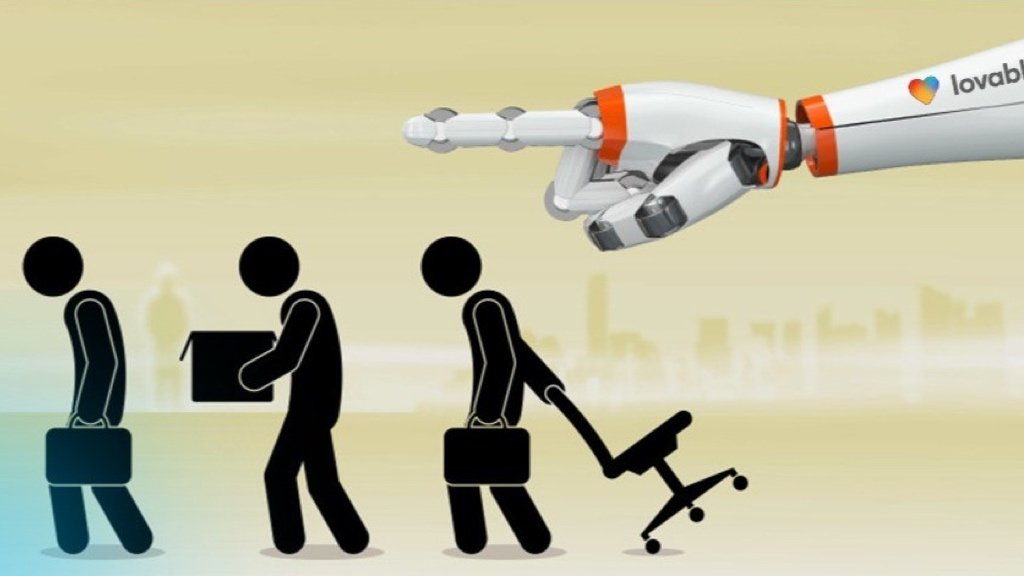
Real-World Impact: Who’s (Actually) Feeling the Squeeze?
Declining Opportunities for Writers and Developers
Recent employment figures reveal an unexpected twist: rather than traditional office roles like travel agents or bookkeepers bearing the brunt, it’s writers and software developers who seem most impacted. Industry snapshots indicate falling job numbers for these professions, veering sharply from their usual growth patterns over the past years.
One reason is that writing and coding can be divided into structured, discrete tasks that AI handles remarkably well - whether it’s drafting product descriptions or troubleshooting code. For freelancers or contractors in these sectors, businesses can effortlessly replace human effort with AI tools without extensive bureaucratic obstacles.
Why Them?
These roles align so closely with AI’s core strengths—linear, goal-oriented processes - that entire projects can be automated from start to finish. A marketing agency in need of rapid copy, or a startup requiring repetitive coding, may experience immediate cost savings by shifting to AI-driven solutions.
Additionally, the high prevalence of freelancing in writing and coding amplifies this trend. If an organization can pay on a per-project basis rather than maintain a salaried position, switching to AI is a relatively low-risk strategy, leading to a quicker transition than in more established, full-time roles.
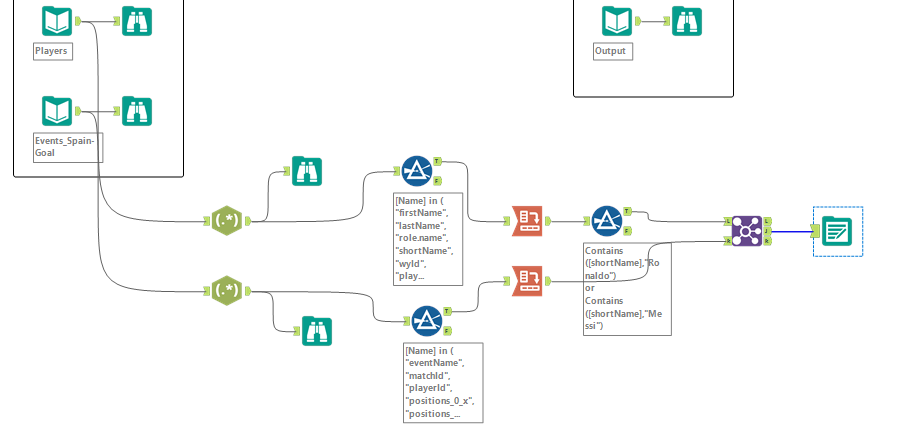
The Protective Power of ‘Messiness’
Despite the impressive capabilities of modern AI, many of its breakthroughs rely on predictable input-output relationships. In reality, human jobs frequently involve unstructured workflows characterised by shifting contexts, ambiguous goals, and unpredictable interactions.
While an LLM can easily draft a memo or respond to a standard query, it often struggles with multifaceted reasoning - juggling rapid updates, empathising with end users, and making judgment calls on the fly.
Take, for instance, an executive assistant scheduling last-minute meetings with stakeholders in different time zones. Coordinating these moving parts requires interpreting vague or conflicting preferences, resolving unforeseen scheduling conflicts, and reading subtle social cues. E
ach of these tasks demands a level of adaptability that cutting-edge AI, for all its computational horsepower, is still learning to master. Until models can thrive amid these messy, human-centric nuances, human labour remains the linchpin in roles that prioritise agility.
Case Study Example 1: Admin Work in Healthcare
An emerging AI startup deployed a model to handle patient inquiries at a large healthcare network. The system excelled at providing scripted responses on insurance coverage and appointment availability - until patients deviated from the expected questions, adding personal details about symptoms or emotional concerns. Because the
AI was not designed to handle compassionate dialogue or triage more complex cases, calls were frequently escalated back to human agents. This outcome underscores how unstructured, back-and-forth communication reveals AI’s current limitations in real-world contexts.
Case Study Example 2: Cross-Department Coordination
Meanwhile, a multinational logistics firm tested a chatbot to manage inter-departmental shipping requests. Although the bot could generate routine shipping labels and track deliveries, issues arose when it had to negotiate priority changes or integrate last-minute legal documents from separate teams.
In these scenarios, managers needed to step in and clarify ambiguous goals - something the AI could not do on its own. The pilot ended with a hybrid workflow: humans handled all unexpected escalations and strategic decisions, while the bot continued to perform well-defined tasks like updating status fields and emailing automated confirmations.
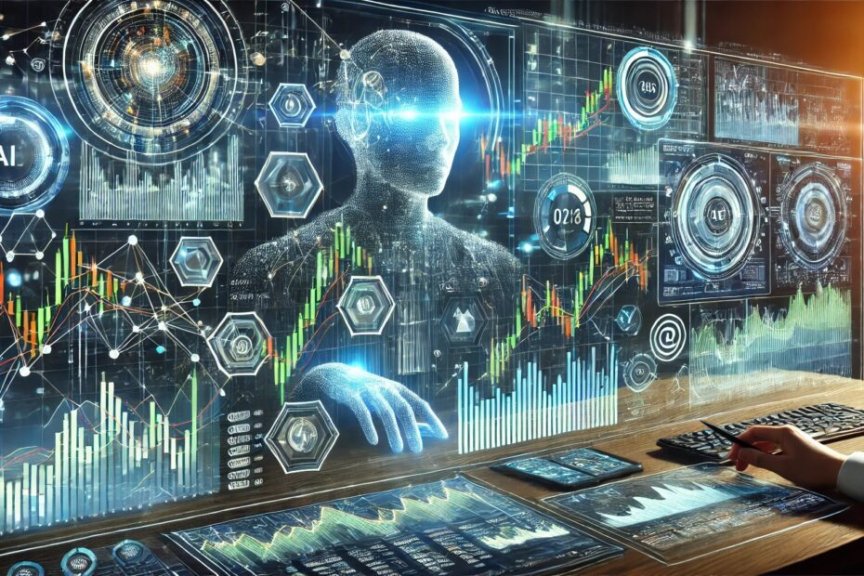
The Timeframe: How Soon Before Broader Impact?
While current AI models may struggle with unpredictable or multitasking scenarios, they are rapidly improving. Recent advancements in reinforcement learning and context-aware architectures suggest a trajectory that could soon extend AI’s reach into tasks we once thought were safe.
As research labs iterate on more versatile frameworks—capable of tracking multiple objectives and adapting on the fly—today’s limitations may give way to next-generation systems that handle a wider range of real-world complexities.
Experts caution that this progress should not be underestimated. Each iterative leap has historically been faster and more far-reaching than many in the field predicted. From improved language comprehension to more effective decision-making, AI’s evolution has a compounding effect: the better it gets, the more it accelerates further improvements. Consequently, roles once safeguarded by messy workflows may soon face a genuine risk.
Historic Parallels and Expert Predictions
Looking at previous automation waves can offer perspective. When industrial machines first threatened manual labour in the 19th and early 20th centuries, societies adapted over decades, not years.
However, the digital revolution progressed far more swiftly, upending sectors such as manufacturing, customer service, and finance within a single generation. Many analysts argue AI represents a similarly transformative technology—potentially reshaping white-collar work at a much faster pace than earlier shifts.
Meanwhile, futurists remain divided on the exact timeline, with some predicting a gradual transition and others forecasting a rapid shift once certain technical milestones are reached.
In either case, increased collaboration between AI developers, economists, and policymakers will be crucial, ensuring that society prepares for—and meaningfully shapes—the next seismic change in the labour market.
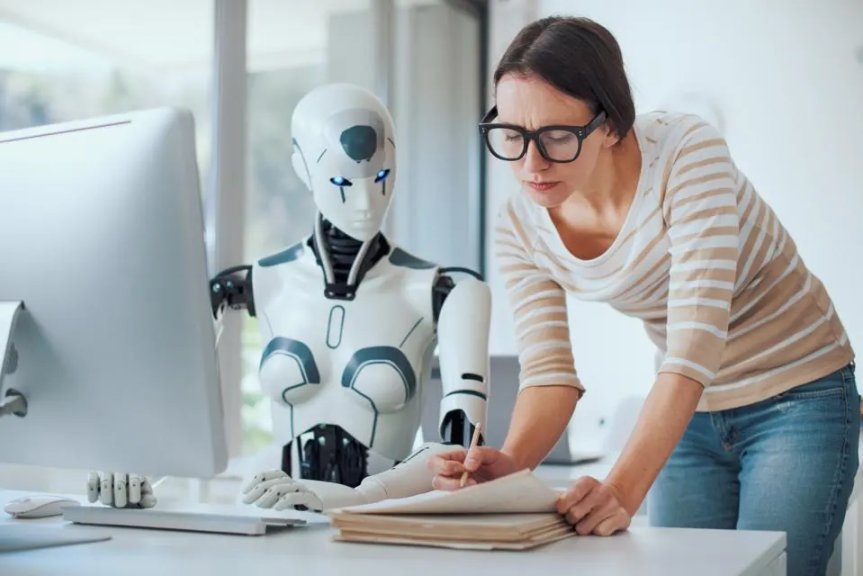
Adapting to an AI-Driven Future
As AI encroaches on tasks once deemed safe, the wisest strategy for professionals is to cultivate complementary skills. Creativity, empathy, and domain expertise become particularly vital, because these qualities still lie beyond the scope of most AI capabilities.
Identify Complementary Skill Sets
For instance, a marketing professional who can use AI to draft copy while adding personalised storytelling will remain in demand. Equally, a project manager capable of interpreting ambiguous goals, managing stakeholder relationships, and synthesising human inputs can harness AI’s efficiency without being replaced by it.
Moreover, as generative models and machine learning systems mature, a new frontier of AI-related careers emerges. Roles like prompt engineering, model oversight, and ethical auditing highlight ways that human judgement still underpins responsible and effective AI deployment.
Focus on Complex, Value-Added Roles
Rather than waiting for the technology to catch up, workers can proactively reposition themselves toward responsibilities that rely on holistic thinking, interpersonal communication, or strategic planning - areas where AI often falls short. For example, employees who learn to interpret AI outputs with critical insight and refine them for nuanced audiences provide immeasurable value compared to those whose jobs are purely reliant on linear tasks.
Likewise, organisational leaders must think beyond simple cost-cutting. Investing in upskilling teams, fostering an innovation mindset, and actively tracking AI developments can keep a company from being blindsided. By creating environments where human and AI collaboration is the norm, businesses can evolve alongside the technology without wholesale disruptions.
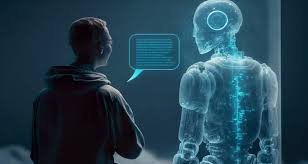
Generative AI’s impressive ability to produce top-notch work on demand hasn't yet caused the massive job shifts many were worried about. Instead, these new technologies show their greatest influence where tasks are linear and predictable, like writing and coding.
Meanwhile, roles focused on unstructured, unpredictable workflows - coordinating various parties, handling nuanced conversations, and adapting to changing requirements - remain resilient against the AI wave.
However, as model designs become more advanced, and as researchers enhance techniques to help AI tackle complex inputs, today’s safe areas may not stay safe for long. The so-called “messiness” that protects these roles today could just be a temporary shield against the growing capabilities of machine intelligence.
Looking Forward
Ultimately, adapting to AI means embracing a hybrid future. Workers and organizations that skillfully blend AI tools into their workflows, while nurturing human-centric skills such as empathy, creative thinking, and strategic judgment, will be best placed for success.
Instead of a complete takeover, AI presents a collaborative partnership that can boost productivity - but only for those ready to leverage its strengths while managing its weaknesses.